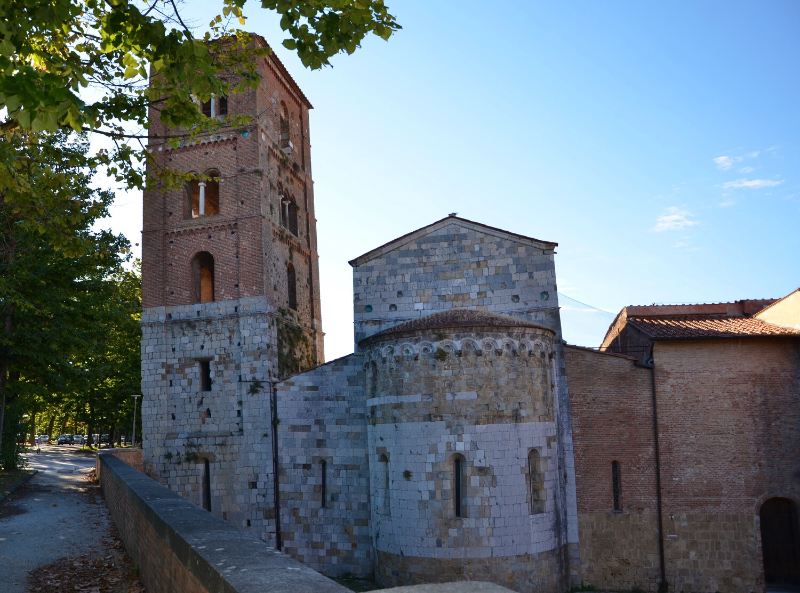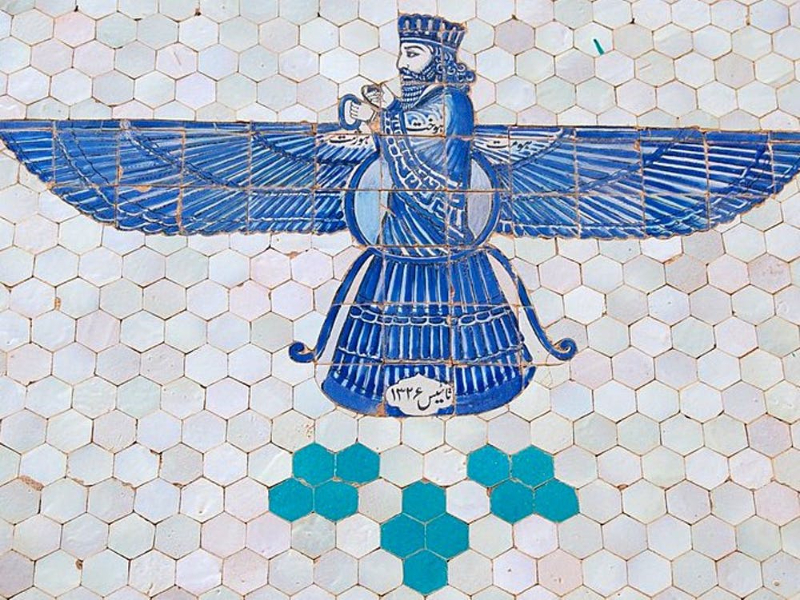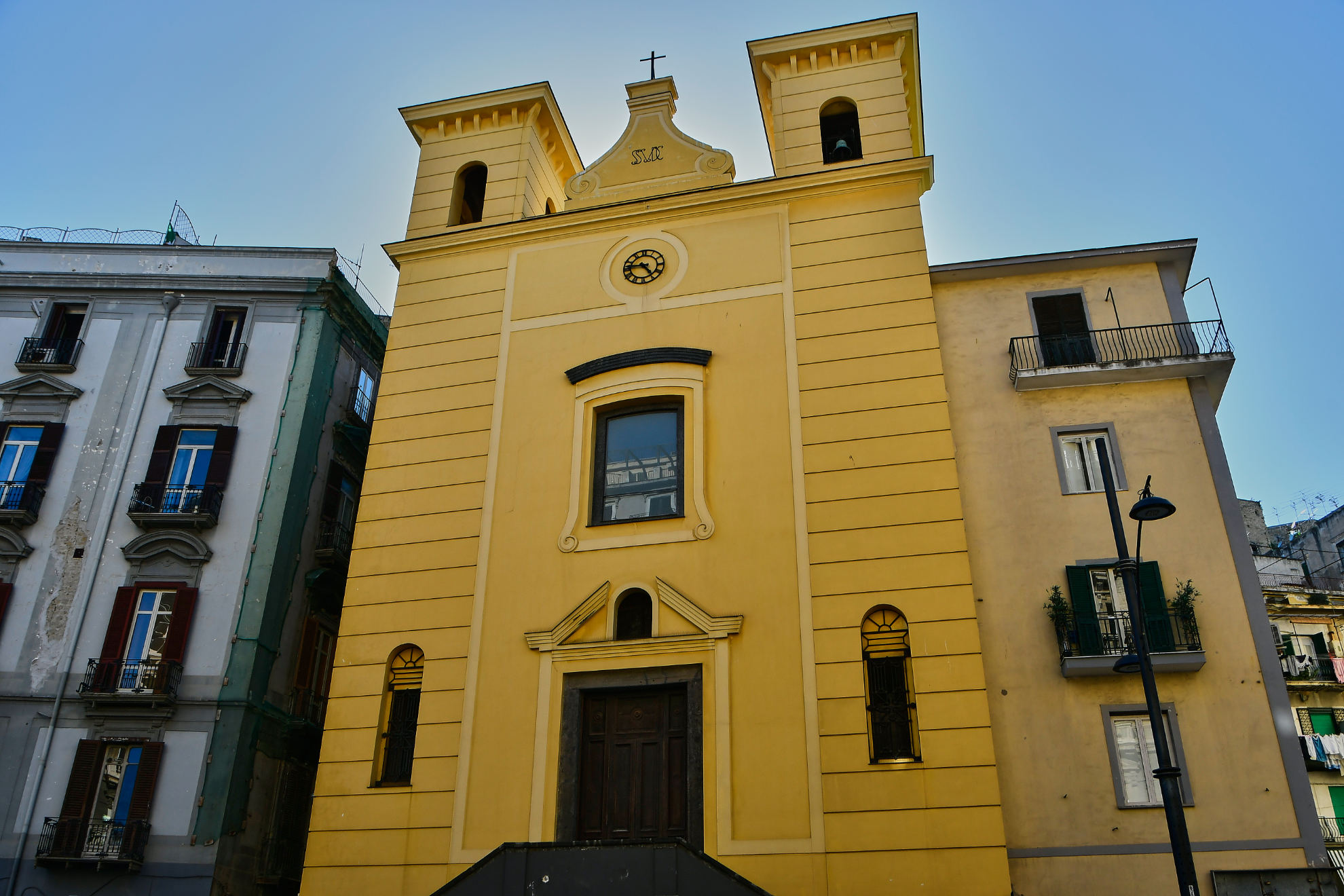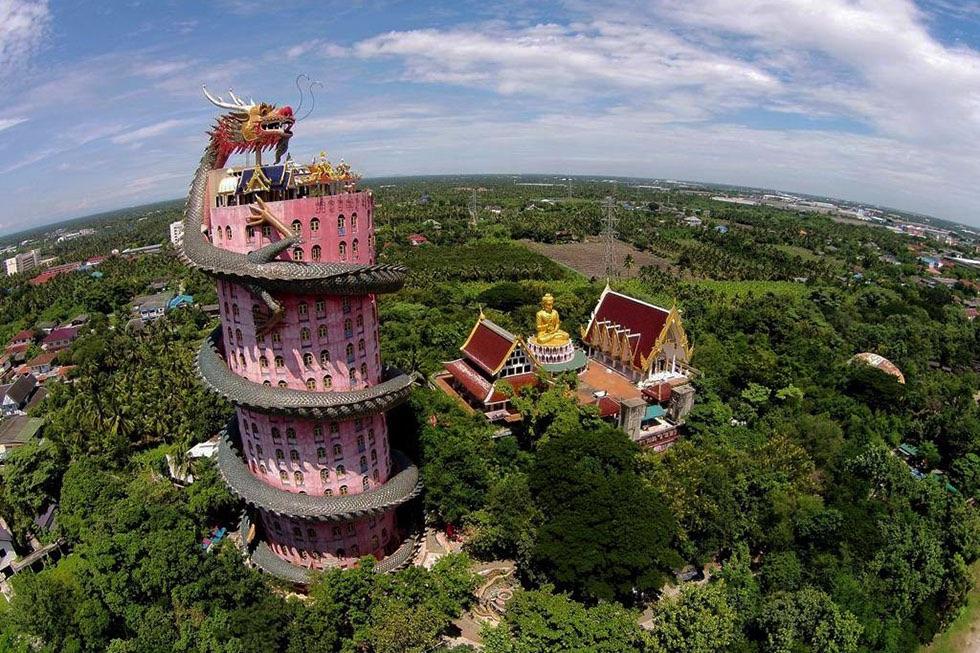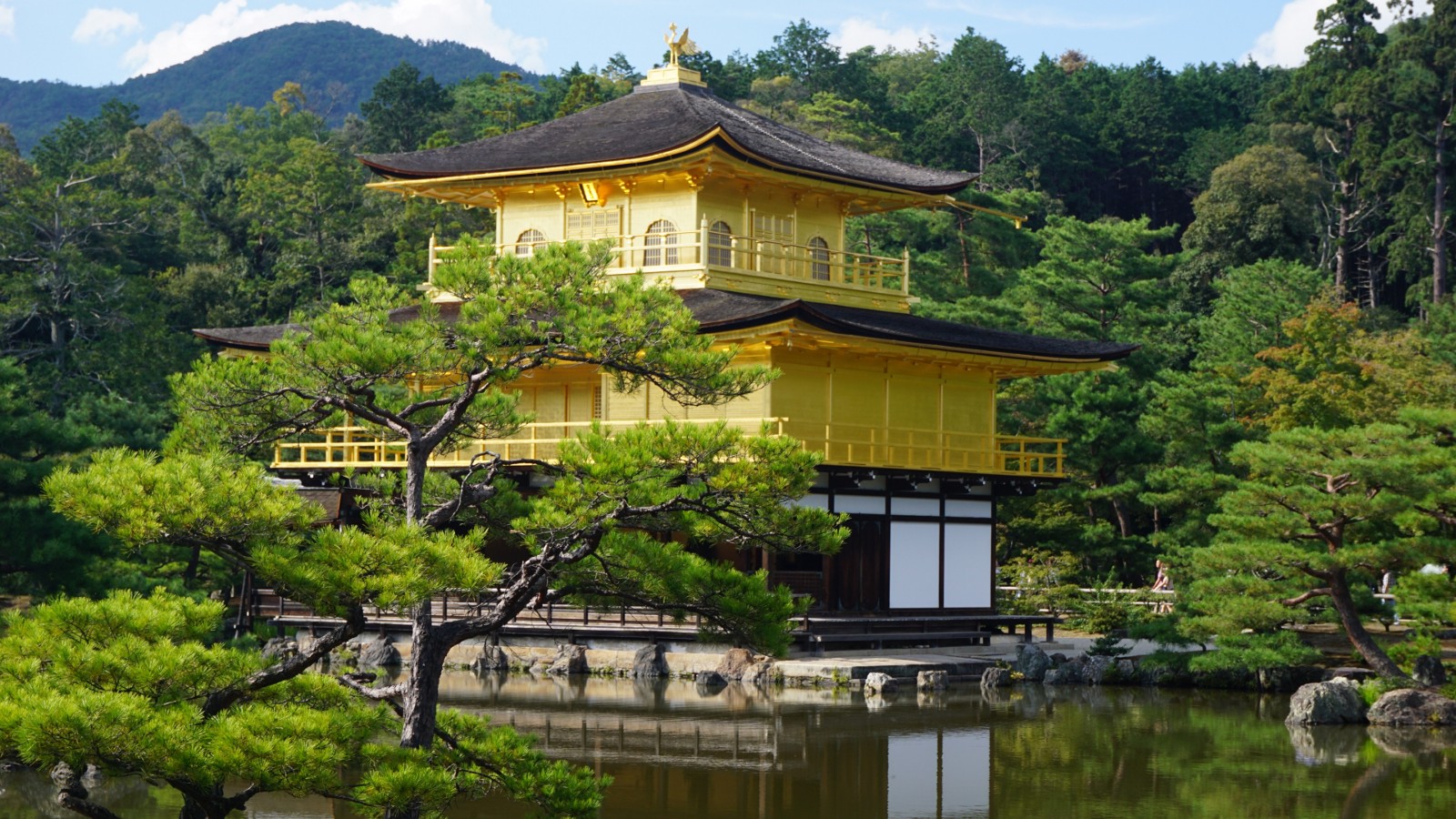The church of San Michele degli Scalzi is a Catholic place of worship located in the east of Pisa, in Piazza San Michele degli Scalzi.The church is also known as the church of San Michele degli Scalzi in Orticaia (or Orticaria), in reference to the ancient toponym of the original semi-puddy area.
The church is mentioned since 1025, but it is between 1152 and 1171 that it was rebuilt with the annexed monastery that hosted the Pulsanesi Benedictines (also called "scalzi", hence the name).
Between the fifteenth and the eighteenth century the complex passed first to the Brigidine nuns, then to the Augustinian canons and finally to the Olivetan monks.
The church was heavily damaged during the Second World War and the flood of 1949, so that it had to rebuild the roof and the right side.
The facade, unfinished, has a double slope with the central body raised. In the lower part is covered with marble (from the nearby quarries of San Giuliano) where, in Pisan Romanesque style, are placed five blind arches supported by columns with oculi and lozenges.
There are three portals with lunettes: the central one, the major one, has an architrave decorated with marble bas-reliefs representing the angelic Hierarchies, by a Byzantine artist, while in the lunette above it is placed a Blessing Christ (copy; the original is at the Museum of San Matteo) of 1203-1204. The Christ is in a fixed, hieratically frontal pose, with a solemn and serene expression that does not communicate with the viewer: all typical elements of Byzantine culture before the renewal of the Frederician school and Nicola Pisano. The inscription behind the Christ recalls the end of the first renovation of the church. In the lozenges above the two other portals there are inscriptions that exhort the recognition of the brevity of earthly life and the abandonment of sin.
In the upper part of the façade, in brickwork, there is a rose window of the XVII century.
The typical bell tower with a square base is in stone in the lower part, while in the upper part it is in brick, divided by small hanging arches and pilasters in three orders lightened towards the top by one-, two-, three- and four-light windows and it is decorated with Islamic ceramic basins of the XII century (also these replaced by copies); placed on the side facing the Arno river, it leans strongly towards it: the bell tower results to be inclined of 5°, more than the Tower of Pisa.
The plan of the building has a nave and two aisles: the central one is formed by two colonnades with Romanesque capitals dating back to the 11th century, probably related to the original church. On the wall of the apse it is possible to admire a painted cross of the Pisan-Byzantine school of the middle of the 13th century.
On the left side is the cloister of the monastery, with a double order of columns and cross vaults. Part of these structures at the end of the nineteenth century were included in the factory of Richard Ginori ceramics, which now survives only a large chimney.
